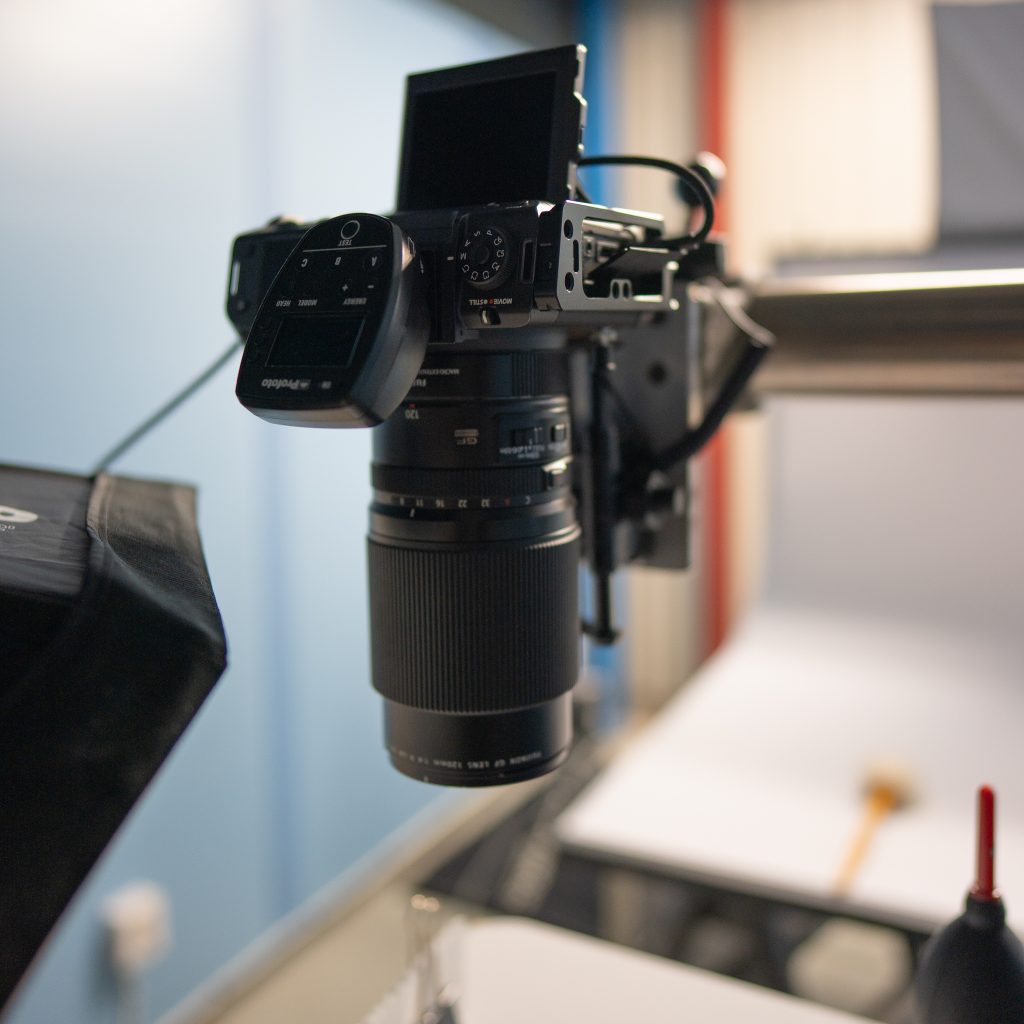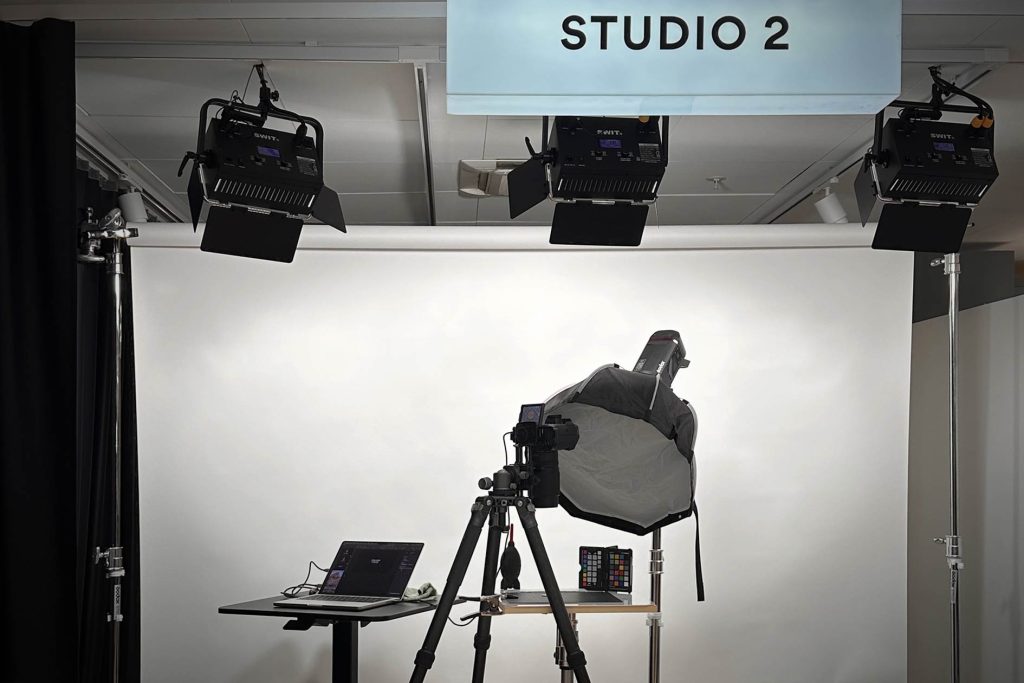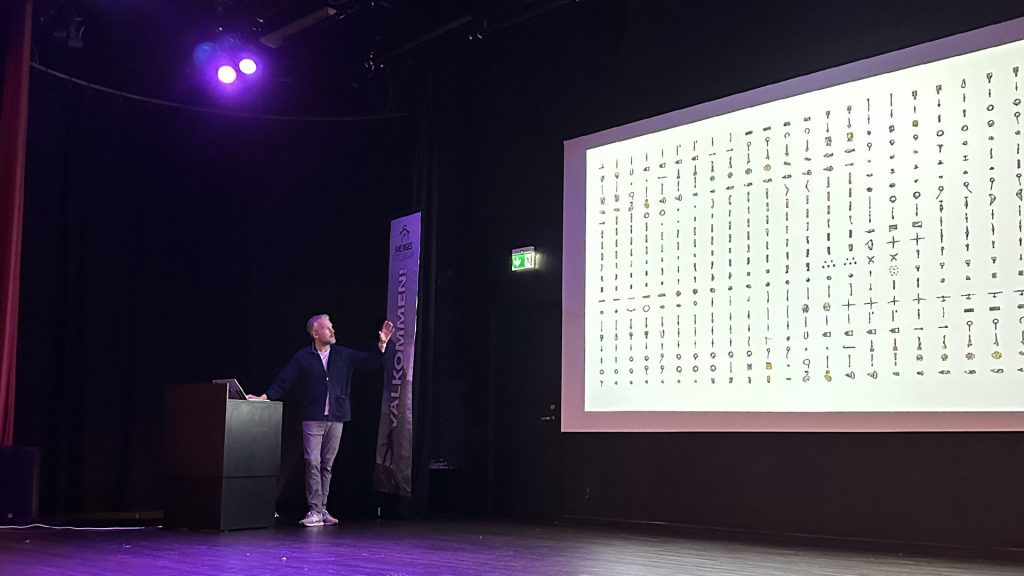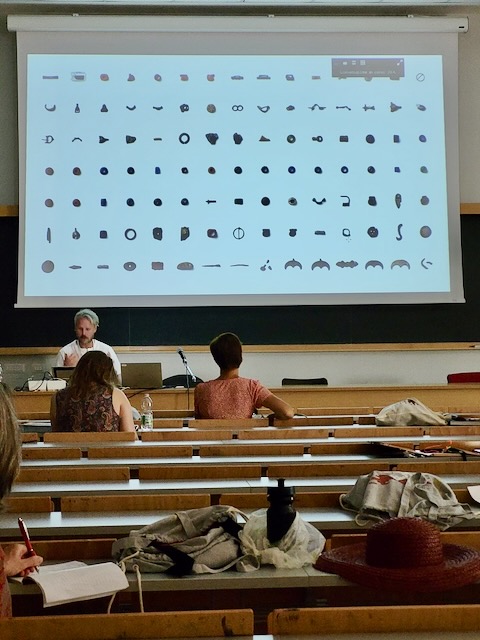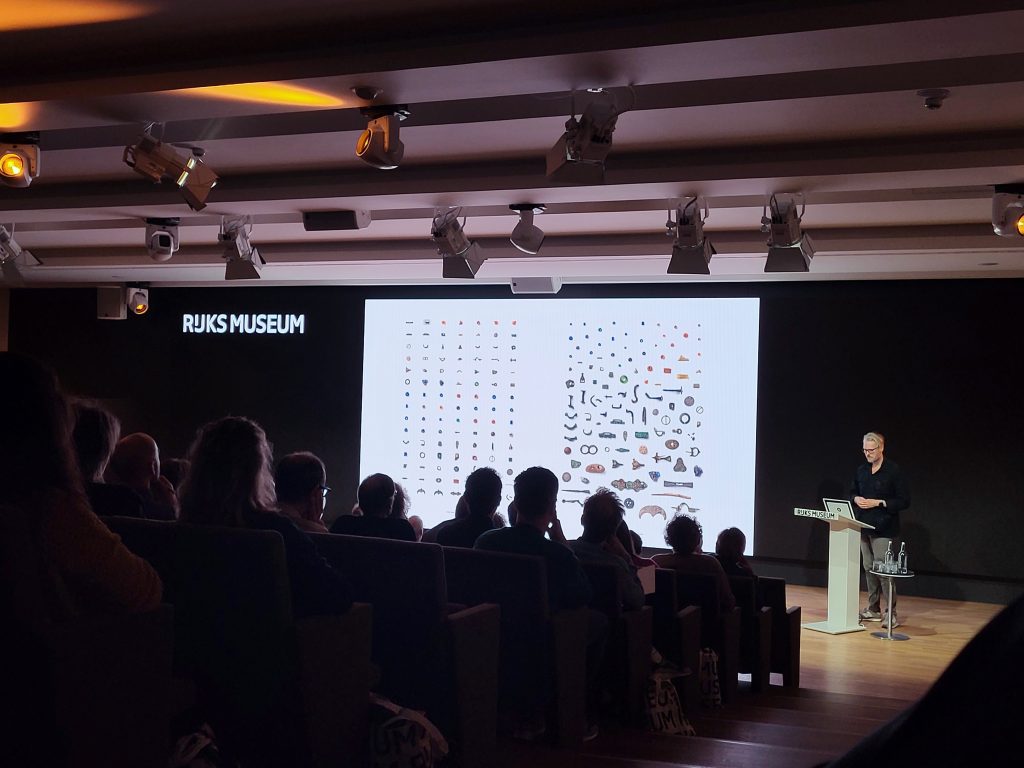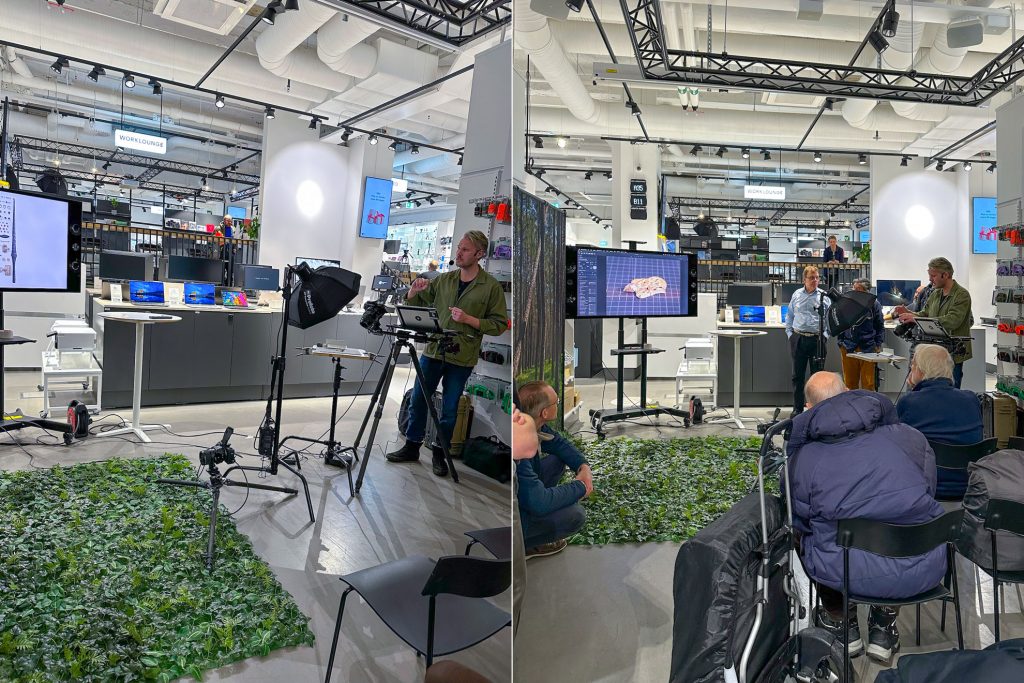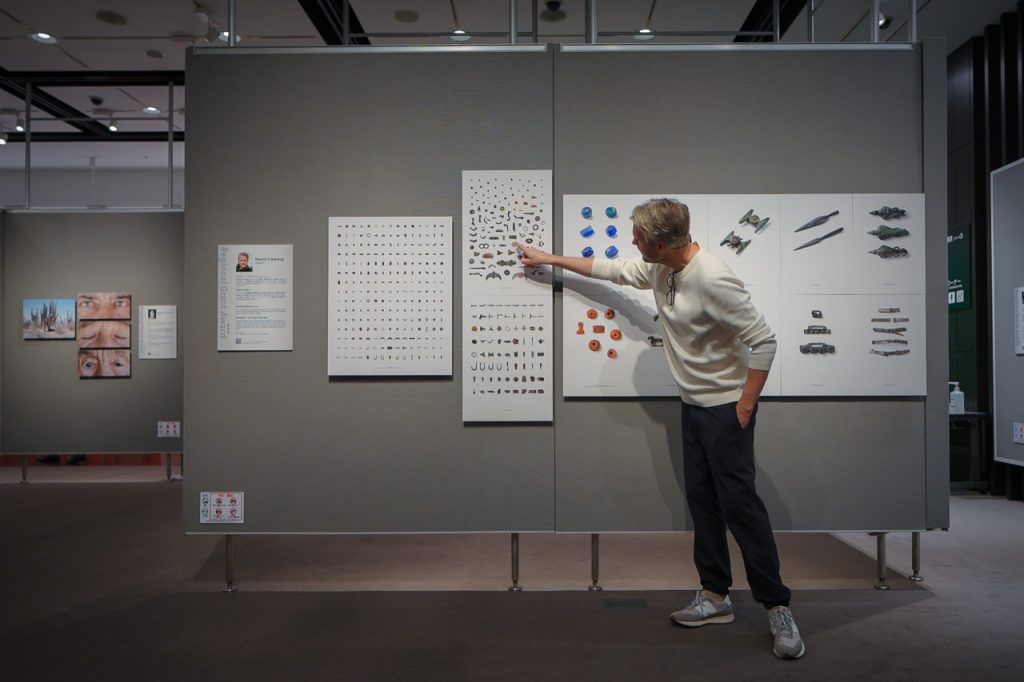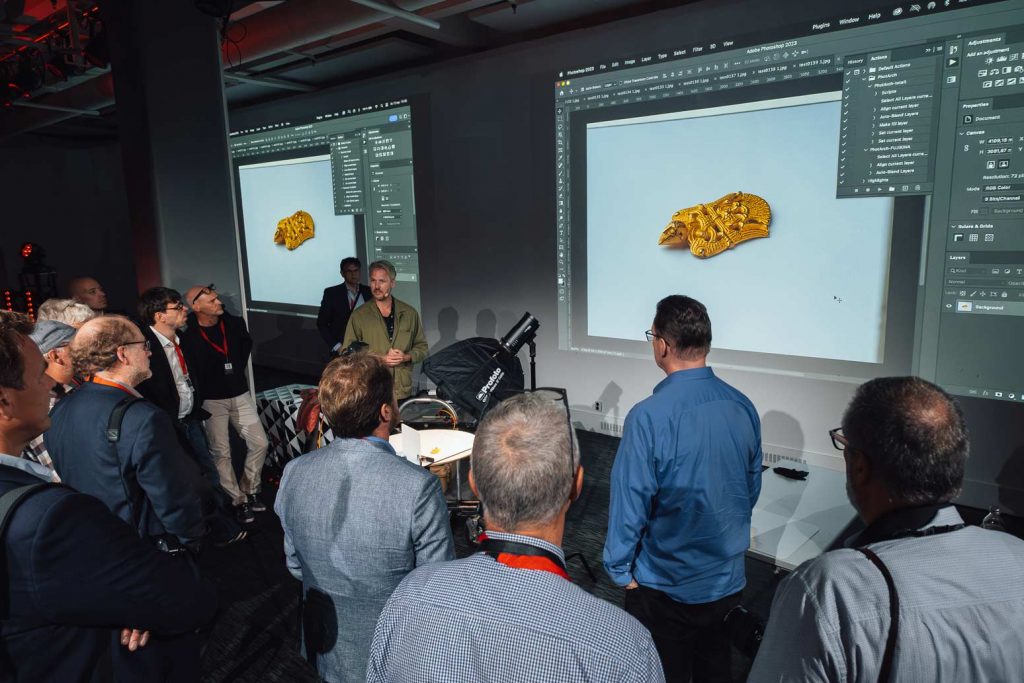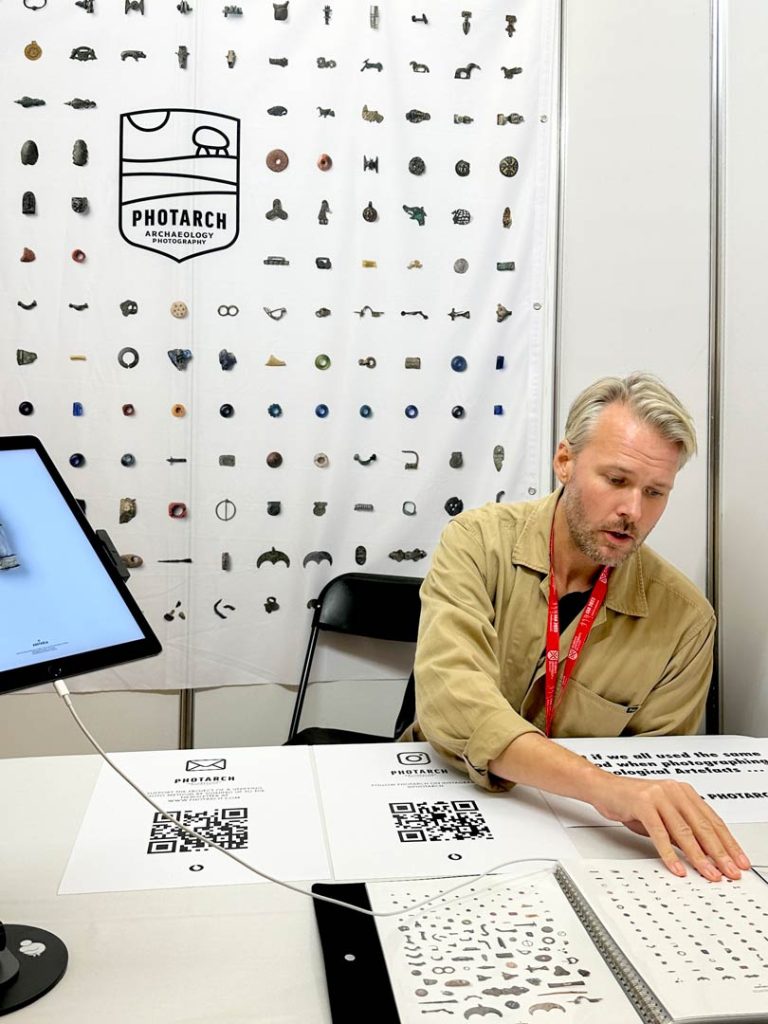a method for bringing coherence to the fragmented visual record of archaeology.
by adhering to the same principles when photographing Archaeological Artefacts.
- A one-light set-up
- Clean, White, background
- Minimal space required
- Easily repeatable method

The problem
Photographs of artefacts are often taken in isolation, each with its own lighting, background, and style. While they may serve their immediate purpose, placing them side by side reveals the inconsistency. Variations in technique make comparison difficult and disrupt any sense of visual coherence. Instead of forming a clear picture of the past, the result is often a fragmented and confusing whole.

A Solution
By standardising how we photograph objects — using the same lighting, angle, and placement — we can create a coherent visual language for the past. With just a few clear principles, it’s possible to produce images that are both visually compelling and scientifically meaningful.

The complete collection of the Sösdala artifacts presented in scale

Ulf Näsman carefully selecting what to photograph next
Background
The idea behind PHOTARCH was born during my archaeology studies at Linnaeus University in Kalmar, Sweden. As part of my internship at Kalmar County Museum, I was given the task of photographing artefacts from the excavation of Sandby Borg — a Migration Period ring fort that was only partially excavated at the time, with plans for continued work over several years.
This raised two immediate problems. First: how could the finds be documented year after year while maintaining visual consistency? Second: what should that visual standard actually look like? At the time, the default method was to use lightboxes — fast and uniform, yes, but they flattened the objects, erasing depth, surface texture, and orientation. The results lacked presence.
During those months in the museum studio, the foundation for a new approach began to take shape — one that balanced ease of use with a clear visual logic. A method that could be repeated across time, institutions, and collections, while preserving the artefact’s shape, weight, and directionality.
PHOTARCH is the result of that idea. With support from the Fujifilm Regional Grant, the method is now being tested on a larger scale. In this pilot project, over 200 objects from three museums are being photographed using the same setup, combining consistent lighting principles with the resolution of the Fujifilm GFX medium format system. The aim: to produce images that are not just beautiful, but also scientifically reliable — and comparable across time and place.



